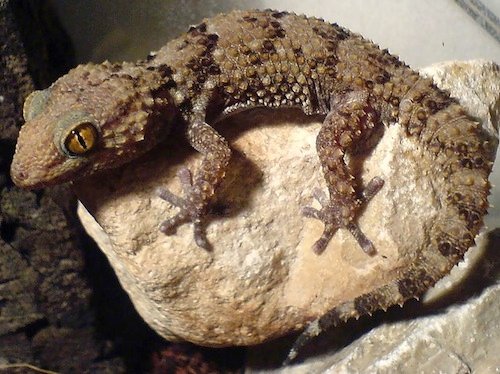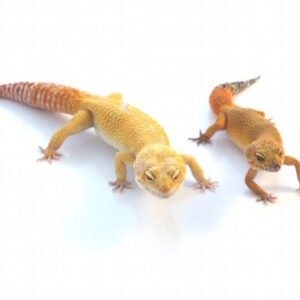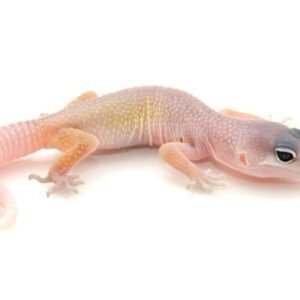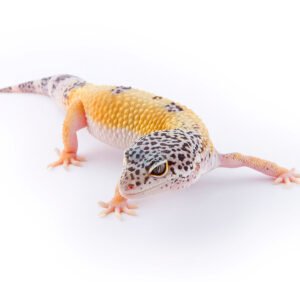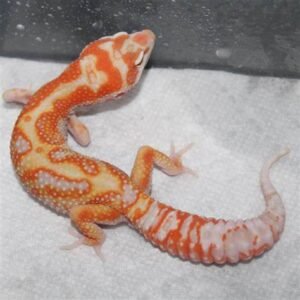Understanding the Bibron Gecko: Characteristics and Behaviors
The Bibron Gecko (Pachydactylus bibronii) is a captivating species known for its distinct characteristics and behaviors that make it a fascinating pet choice. This small gecko typically reaches lengths of around 4 to 6 inches, making it a manageable size for both novice and experienced reptile enthusiasts. Physically, Bibron Geckos exhibit smooth, scaly skin that can come in a variety of colors, including shades of brown, gray, and even vibrant yellows. Their coloration often provides them with excellent camouflage in their natural habitat, which consists predominantly of rocky and arid environments across southern Africa.
When considering the characteristics of the Bibron Gecko, one cannot overlook their unique set of behaviors. These geckos are predominantly nocturnal, which means they are most active during the night. This activity level is essential for their care as pets, as it impacts their enclosure setup. Providing hiding spots and climbing structures mimics their natural environment, accommodating their natural instincts to explore and seek shelter. Socially, Bibron Geckos are generally solitary; however, they can exhibit territorial behaviors, particularly males. Understanding their temperament is crucial, as they may display stress in crowded conditions or during aggressive encounters.
Dietary needs are another critical aspect of Bibron Gecko care. They primarily feed on insects such as crickets, mealworms, and roaches. It is vital to ensure a balanced diet, often supplemented with vitamins and minerals, to promote optimal health. Additionally, hydration is essential; shallow water dishes should be present at all times to prevent dehydration. Overall, comprehending the characteristics and behaviors of Bibron Geckos is fundamental for providing them with appropriate care and ensuring their well-being as pets.
Creating the Ideal Habitat for Your Bibron Gecko
Establishing a suitable living environment for your Bibron Gecko is paramount to its well-being. A well-planned habitat will not only support your pet’s physical health but also enhance its behavioral health. The first step in creating this environment is selecting an appropriate terrarium size. A 20-gallon tank is often recommended for a single Bibron Gecko, allowing ample space for movement and exploration while ensuring that the enclosure does not feel excessively large.
The substrate you choose plays a crucial role in the habitat. Paper towels, reptile carpet, or coconut coir are excellent substrates, as they are easy to clean and do not pose ingestion risks like loose substrate. These materials help facilitate a hygienic environment, which is vital in preventing health issues among your reptile companions.
Temperature and humidity are also critical factors when setting up the habitat. Bibron Geckos thrive in conditions ranging from 75°F to 85°F (24°C – 29°C) during the day, with a slight drop at night. A heat mat placed beneath one side of the terrarium can help maintain this temperature gradient. Humidity levels should remain between 30% to 50%, achieved through regular misting and the inclusion of a shallow water dish for hydration.
Lighting is essential for simulating a natural day-night cycle. Although Bibron Geckos are primarily nocturnal, using a low-intensity ultraviolet (UVB) light for several hours each day can provide necessary benefits for Vitamin D synthesis. Additionally, incorporating hiding spots using rocks, logs, or commercially available reptile decorations will offer your gecko refuge and a sense of security.
Regular habitat maintenance is vital to ensure a healthy living space. Weekly cleanings and timely substrate changes contribute to a healthy environment. Lastly, the diet of your Bibron Gecko, primarily consisting of insects, should be varied to provide the necessary nutrients, playing a vital role in overall health.

